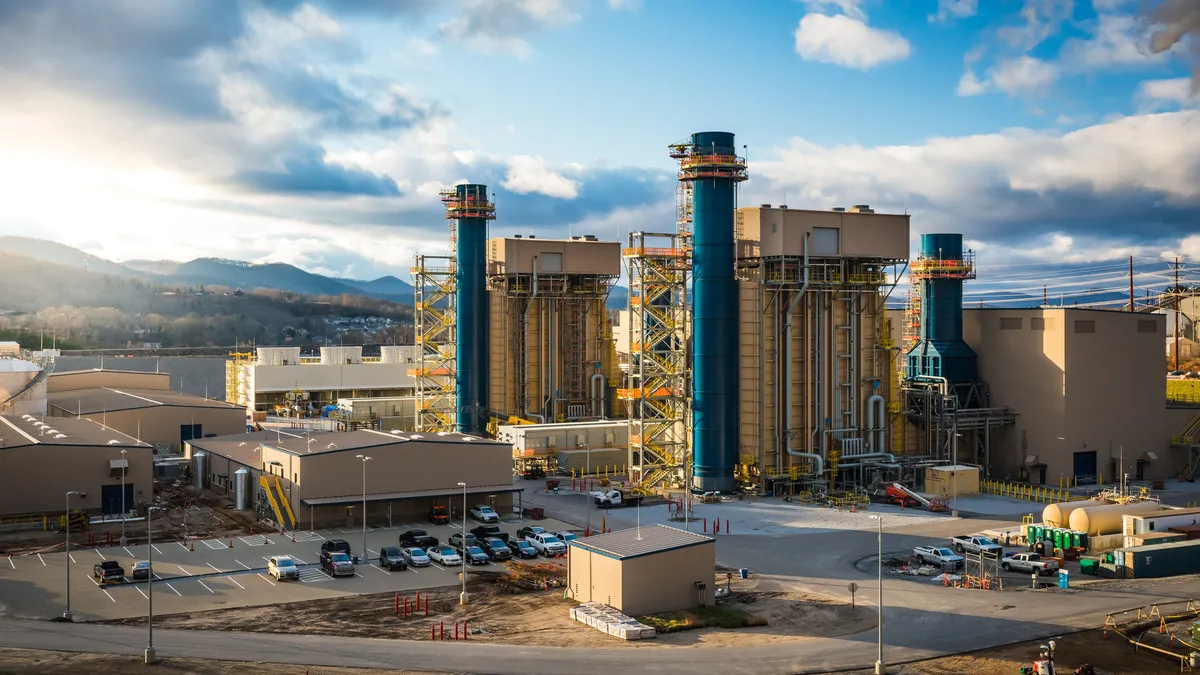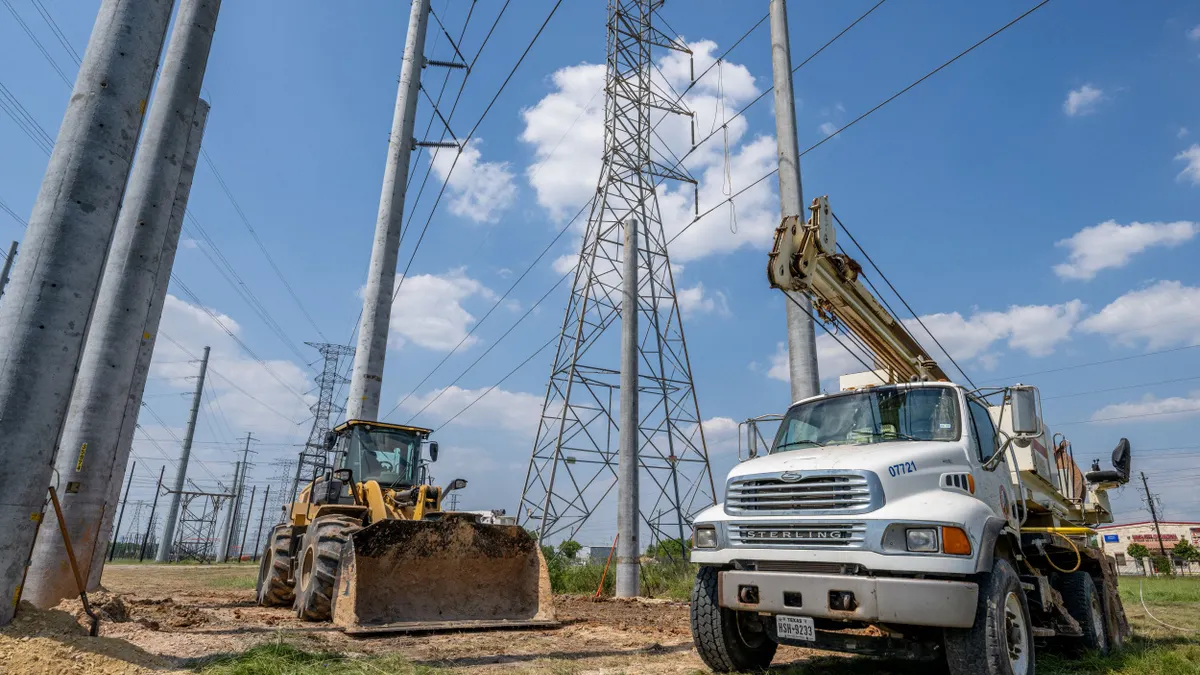Pop Quiz: What do auto insurance and new transmission have in common? Answer: Both are expensive to get but it can be much more expensive to not have them when they are needed.
With increasing policy pressure driving a transition in the U.S. generation mix toward renewables, natural gas, and efficiency strategies, the need for new transmission is becoming increasingly clear. What is less clear is whether decision-makers will choose to make the investments.
“State and federal policymakers need to understand that though the there is a cost for planning and building transmission, there is also a potentially much greater cost for not building it. That is a different way of thinking,” explained Brattle Group Principal Judy W. Chang, co-author of the new report "Toward More Effective Transmission Planning: Addressing the Costs and Risks of an Insufficiently Flexible Electricity Grid."
“They need to better understand the costs and risks of an insufficiently flexible transmission grid,” added Brattle Group Principal and study co-author Johannes Pfeifenberger. “These risks and costs are very real, particularly given the many uncertainties the industry faces.”
The new Brattle study, conceived and commissioned by transmission advocacy group WIRES, lays out three basic failures in transmission planning and offers one crucial technique for overcoming them.
- When policymakers and regulators protect ratepayers from bill charges for new transmission, they miss the risk-mitigation value of robust and flexible transmission infrastructure and put ratepayers at risk of increased future costs.
- When policymakers and regulators understate the full range of transmission investment benefits, they underestimate the value of new transmission.
- Because inter-regional planning is almost completely ineffective, multi-region benefits are being lost.
Policymakers and regulators can get past these failures with scenario planning, Pfeifenberger said. Future uncertainties, like those associated with the Environmental Protection Agency Clean Power Plan can be overcome.
“We have known for some time the direction in which things are moving,” he said. “Maybe we didn’t like it or know the details. But a transmission system is infrastructure that provides options to deal with uncertainty and we have to plan for an uncertain future. We no longer have the luxury of a well-known future. Maybe we never did but today it is even truer.”
When utilities built and owned the generation and could project how much their customers’ usage would grow and where they would build generation, building transmission was much simpler, Chang said. But now almost everything about generation and load are uncertain.
Scenario planning
It is no longer about planning for one base case, one snapshot of the future, Pfeifenberger said. “Scenarios cover the range of plausible possibilities. Policy compliance through a totally different path. Or a much more stringent regulation that affects everything from fuel price to load and how generation gets retired and new generation gets planned.”
In an early 2014 long term transmission planning process with Brattle and ERCOT, Texas stakeholders developed “ten distinct futures by thinking about how different variables affect transmission,” Pfeifenberger said. “One of the futures, when oil was at $100, was a $50 oil price. They didn’t anticipate the price falling to that level but they thought about the possibility.”
That wasn’t some special power of prediction, Chang explained. It is asking how a change in a particular factor would change how the stakeholder would invest. “We asked what oil price would significantly affect the Texas economy and therefore affect electricity use in Texas.”
In another example in Wisconsin, the American Transmission Company (ATC) convinced regulators to approve the Paddock-Rockdale Project by presenting seven scenarios.
Based on a range of transmission benefits, ATC showed that “while the “Slow Growth” 40-year present value of customer benefits was less than the $136 million revenue requirement, six other possible futures showed something very different.
“The estimated net benefits ranged between approximately $100 million [above cost] under the “High Environmental” future, to approximately $400 million [above cost] under the “Robust Economy” and “High Wisconsin Growth” futures, and reaching up to approximately $700 million under the “Fuel Supply Disruption” and “High Plant Retirements” futures,” the study reports.
In other words, under the most optimistic scenario “not investing in the project would potentially leave customers $700 million worse off.”
“In one future, not having the line might not make much difference, but in another it might be seven times the cost of the line,” Pfeifenberger said.
Planners commonly fail to accurately quantify the full range of benefits from new transmission and call it a “conservative” analysis, the study explains. But that is "exactly the opposite of conservative" because it understates the costs and risks imposed on customers and other electricity market participants from not having transmission.
“We are spending about $20 billion per year on transmission and most of that spending is justified on the basis of reliability,” Pfeifenberger said. “If you spend $20 billion a year on transmission, you might as well spend it on the best projects.”
Planning in action: Path 15 and PVD2
An ex post study done by the California Independent System Operator (CAISO) after the state’s 1999-2001 energy crisis proved the point, the study explains. Before the crisis, an upgrade to the Path 15 system was rejected because the cost of congestion on the line in 1998 was only $12 million. But during the crisis, CAISO’s study showed, the cost was $20 million to $80 million per month.
The rejected Path 15 upgrade could have “reduced the energy and ancillary services costs by over $200 million through December 2000,” the study reports. “Given the project’s ultimate costs of $250 million and the fact that the crisis lasted through the first quarter of 2001, we now know with the benefit of hindsight that upgrading the transmission constraint would likely have paid for itself in just one year during the Power Crisis.”
Scenario planning is a tool with which planners might replace hindsight with foresight, Chang added. “Through the scenarios, planners can know quite a bit about the future. The question is ‘what kind of change in the system or in the regulatory regime might affect the way investments are made?’ There is a lot of information available.”
Among 17 different futures modeled for California’s $71 million per year Palo Verde-Devers (PVD2) project, the study reports, one modeled an outage at the San Onofre nuclear facility, which subsequently occurred. All together, the PVD2 modeling found that even if project costs grew to $100 million per year, “the “downside” risk of $30–40 million is small compared to the 40% chance that annual costs could be between $100 million and $750 million higher without the project.”
This example also showed how important it is for policymakers as well as regulators to understand the actual costs and benefits of transmission, Pfeifenberger said. After California and Arizona planners and California regulators endorsed the project, the elected Arizona Corporation Commission (ACC) rejected it because “bashing California was a good way to get re-elected.”
When they later discovered they had lost a valuable export pathway for their excess solar generation, the ACC began reconsidering the line.
“Policymakers and state regulators are rightfully concerned about how much consumers are paying for delivered electricity,” Chang said. “We are trying to shift the paradigm. It is not just the cost of making the investment versus the cost of not making the investment. It is also the cost of not making the investment in all the future uncertainties. That is a difficult shift to make for policymakers and regulators who are worried about costs to customers.”
What policymakers should do
To get beyond viewing transmission problems and solutions in hindsight and optimize the planning and cost/benefit estimation process, the report recommends that policymakers:
- Resist assuming less transmission is always the low cost solution.
- Urge planners to move from “least regrets” transmission planning to the consideration of “regrettable circumstances” planning for the possibility of infrequent but very high-cost outcomes.
- Urge transmission planners to move to considering the multiple values provided by transmission.
- Expand inter-regional planning processes that address different needs in different regions.
- Require every region to consider inter-regional transmission projects of all project types and benefits.
- Consider the combined benefits to interconnected regions and the unique added values of inter-regional transmission instead of only their regions’ benefits.
- Apply the benefit-to-cost thresholds for inter-regional projects as they do to regional projects.
“We are doing a poor job with inter-regional planning,” Pfeifenberger said. “The boundaries between power regions almost look like demilitarized zones. But with a trend toward a cleaner power future, transmission between regions has the potential to allow compliance with future goals at a lower cost.”
“Even if we don’t get to the point where New England or New York will build new transmission all the way to the Midwest to get cheaper wind,” Chang said, “people should start thinking inter-regionally because there is a lot to be gained from regional collaboration.”






















